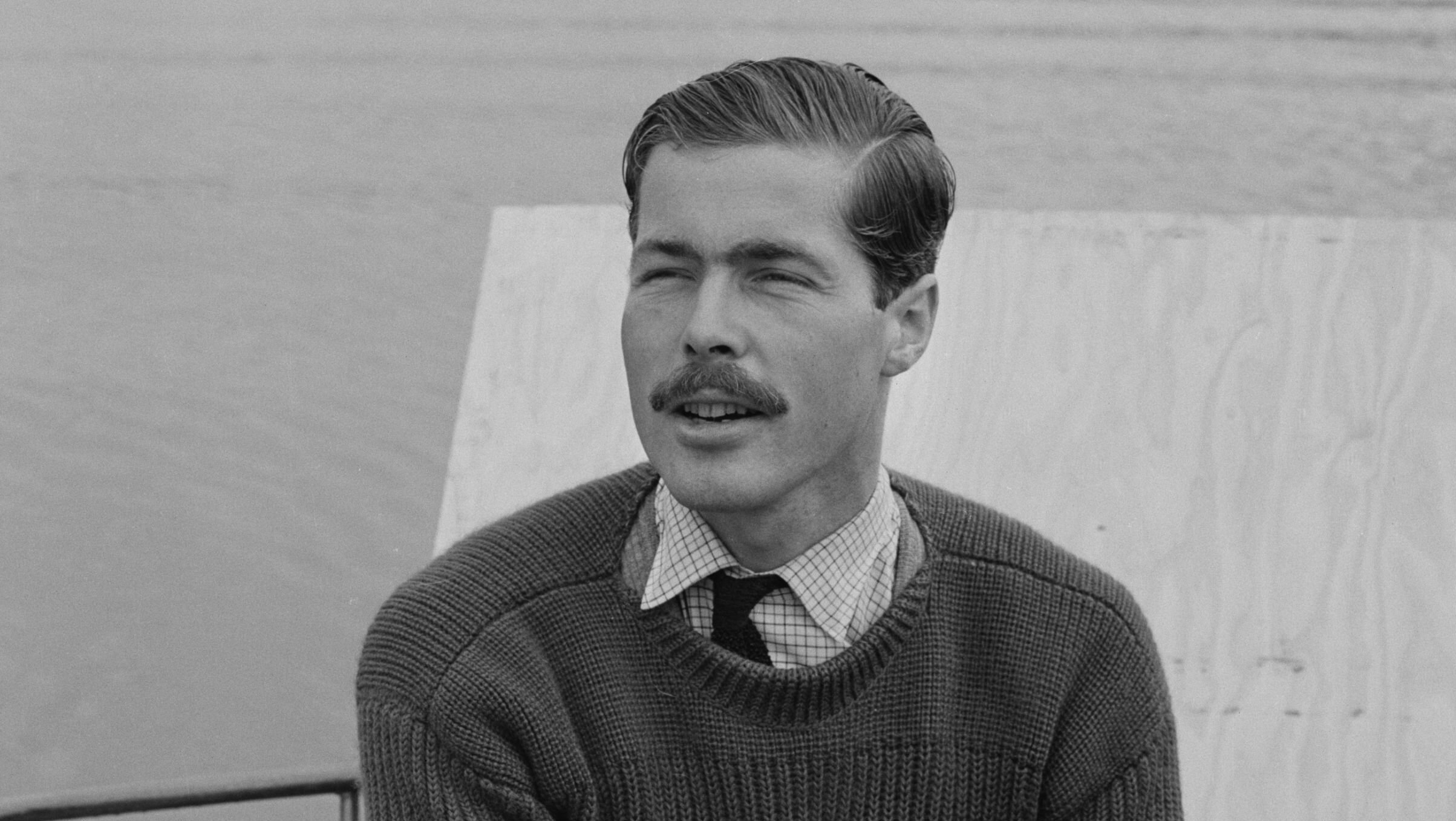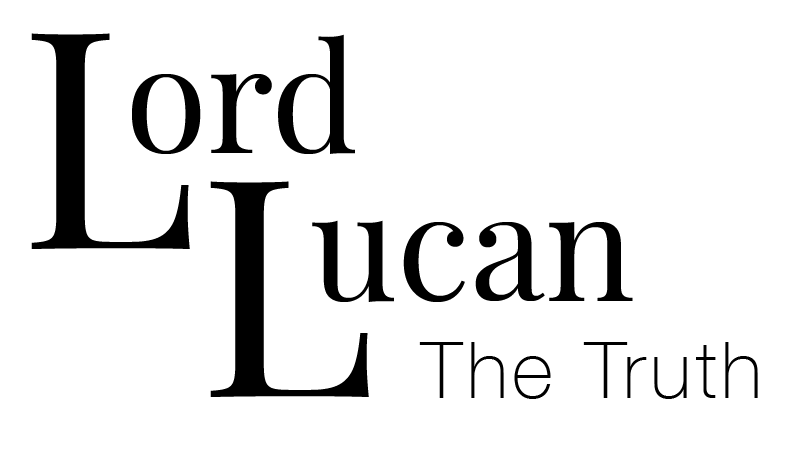
Where possible the latest forensic science techniques have been employed
Watch this space as we publish our on-going findings
To those who say I never obtained DNA…
It is possible to obtain DNA from fingerprints under certain conditions. Here's how:
Sweat and Skin Cells: When a person leaves a fingerprint, they deposit not just the unique pattern of their ridges but also sweat, skin cells, and other biological material. These materials may contain DNA.
Advances in DNA Extraction: Modern forensic techniques have improved significantly, allowing for the extraction of DNA even from small amounts of biological material found in a fingerprint. This is known as "touch DNA."
Challenges: The quality and quantity of DNA extracted from a fingerprint can vary. Factors such as the age of the print, environmental exposure, and contamination can affect the success of DNA retrieval.
Applications: DNA from fingerprints can be used to confirm or exclude individuals as part of an investigation. It is especially useful in cases where traditional fingerprint analysis may not provide a clear match.
In summary, while obtaining DNA from fingerprints is complex, it is indeed possible with current forensic technology.
Subject: Probability that all the AI picture recognitions are incorrect
Dear Neil,
Let me assume that you had three independent AI analyses of five LL pictures against controls. For simplicity let me assume that the AI suggests that the probability of a correct match of each picture is of the order of 80%, or 0.8. The probability of each AI test being wrong therefore is 20%, or 0.2. Since you had three independent tests of (say five) pictures, we can calculate that the likelihood of all the AI being wrong is 0.2 to the power of 15. (0.2*0.2*0.2...... fifteen times). IE zero.
You have your man.
Regards
British Mathematician and Computer Scientist
— Via the website
BREAKING UPDATE!
CANADIAN DRAG ARTIST IS NOT A MATCH FOR OLD ENGLISHMAN IN AUSTRALIA. SO WHO IS HE?
The BBC's Lucan series continues to captivate the British public as it follows my quest for the truth. Part 3 concludes with grainy photos of a young man dressed as a woman taken, we are told, in Toronto, Canada in August 1969. The old Englishman in Australia, who I contest IS Lord Lucan, says these photos of a man calling himself Peter Jason IS him 56 years ago and proves he can't be the missing Earl. This is backed up by testimony from a retired theatre director who tells the BBC he recognises the old Englishman as being the drag artist he knew as Peter Jason ... but wait a minute ... what if someone ran a fresh Artificial Intelligence test, a new Deep Face recognition program comparing the old Englishman in Australia who calls himself Derek Crowther against the 1969 photographs of the drag artist in Canada called Peter Jason. Would they match?
'Here's the data. We ran a Deepface AI search comparing the images of the old Englishman in Australia called Derek Crowther against the 1969 images of the young man in Toronto seen here in drag. The highest hit was just 26.92%. The lowest a resounding 0.00%. The report concludes quite simply with the words "none are deemed to be a match by the DeepFace framework."
Please analyse the results yourselves. I welcome all feedback and there may be experts out there who can help further. Two eye witnesses and three respected AI Deep Face programs say the old Englishman in Australia IS Lucan. One retired theatre director in Canada believes he is actually an elderly drag artist who he knew in the summer of 1969 as Peter Jason. My final bit of evidence. IF these two men are one and the same, why do they both have different eye colours? Lucan's were blue. The old Man's in Australia are blue. The young drag artist has hazel eyes. (Source ADOBE photoshop 2024).
My search for the truth continues…



